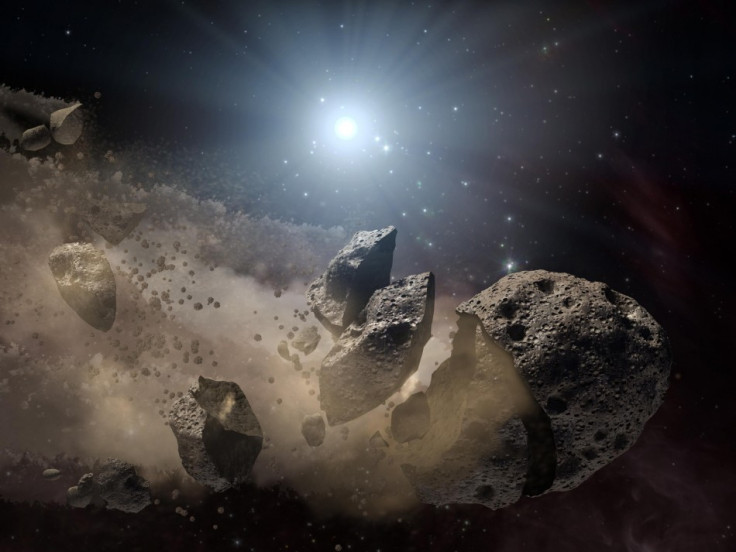NASA Scientists Cast Doubt on Current Theory of Dinosaur Extinction

NASA's Wide-field Infrared Survey Explorer (WISE) has uncovered data suggesting the family of asteroids thought to be responsible for the dinosaurs' extinction 65 million years ago may not have been the culprit.
In its report NASA scientists maintained the currently widespread belief that a large meteor crash 65 million did cause the dinosaurs extinction. The report simply cast doubt on a 2007 theory that cited the giant Baptistina asteroid as a possible suspect.
According to the theory, around 160 millions years ago the Baptistina asteroid collided with another asteroid between Mars and Jupiter, sending fragments of the asteroid -- some believed to be as big as mountains -- flying out. The 2007 theory suggested it was one of these fragments that hit Earth, killing the dinosaurs.
However, NASA has now cast doubt on this theory alleging that new infrared observations from WISE, indicated the killer asteroid may not have stemmed from the Baptistina.
The data was taken during January 2010 to February 2011 when WISE surveyed the sky twice in infrared light. The discovery about Baptistina came during the NEOWISE "asteroid hunting," section of the survey. During it, the scientists calculated the original parent Baptistina asteroid broke up much later than originally thought, placing the rough time line at around 80 million years ago.
"As a result of the WISE science team's investigation, the demise of the dinosaurs remains in the cold case files," commented Lindley Johnson, program executive for the Near Earth Object (NEO) Observation Program at NASA Headquarters in Washington. "The original calculations with visible light estimated the size and reflectivity of the Baptistina family members, leading to estimates of their age, but we now know those estimates were off. With infrared light, WISE was able to get a more accurate estimate, which throws the timing of the Baptistina theory into question."
The fact the Baptistina is now believed to have broken up much later, has since been taken as proof that the asteroid couldn't have stemmed from Baptistina family. The scientists pointed out that in the amended time frame, the asteroids would not have had time to move to the correct resonance spot required to have been thrown at Earth with sufficient force to kill all the dinosaurs -- resonance spots are areas where gravity from Jupiter and Saturn can catapult asteroids out of the main belt and into the region near Earth.
"This doesn't give the remnants from the collision very much time to move into a resonance spot, and get flung down to Earth 65 million years ago," commented Amy Mainzer, a study co-author and the principal investigator of NEOWISE at NASA's Jet Propulsion Laboratory (JPL). "This process is thought to normally take many tens of millions of years."
© Copyright IBTimes 2024. All rights reserved.






